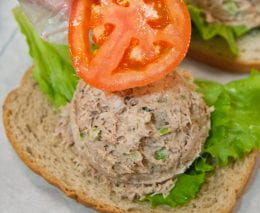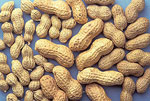We all crave certain foods from time to time. The psychology behind cravings show that hormones, memories and other triggers create a sensory signal of craving a food. This intensifies with hunger or dieting.
So how can you outsmart these cravings? Here are some tips.
- Take a walk! Some sort of physical activity can redirect your craving, thus putting mind over matter.
- Your nose picks up on food odors, so try smelling a nonfood, such as a scented candle, to redirect your brain.
- You’ve heard the saying, “my eyes were bigger than my stomach.” So keep healthful snacks in your vision.
- Do you crave sweets? Grab naturally sweet fruit to curb that craving.
- Thanksgiving is about comfort food. Enjoy in moderation, smaller portions, or do a healthier makeover to classic recipes.
Source: https://fruitsandveggies.org/stories/buzz-brain-wired-create-food-cravings/







